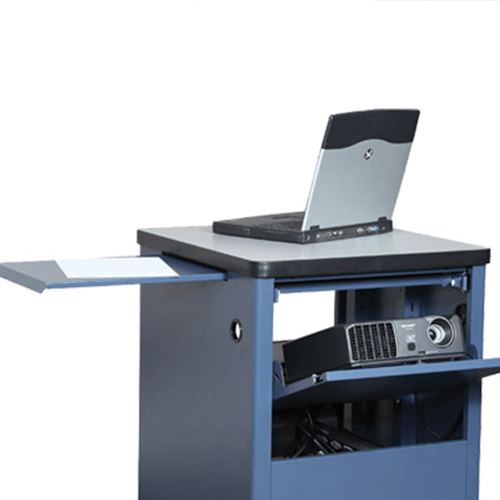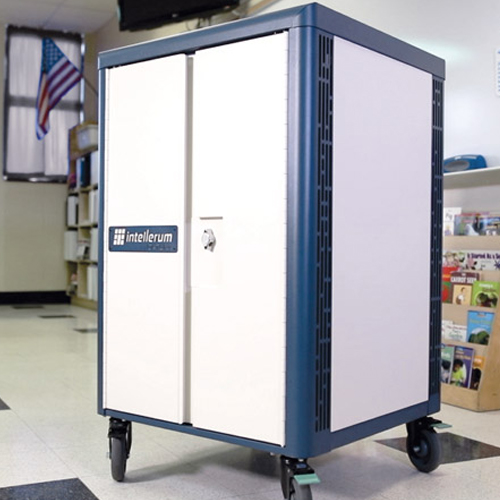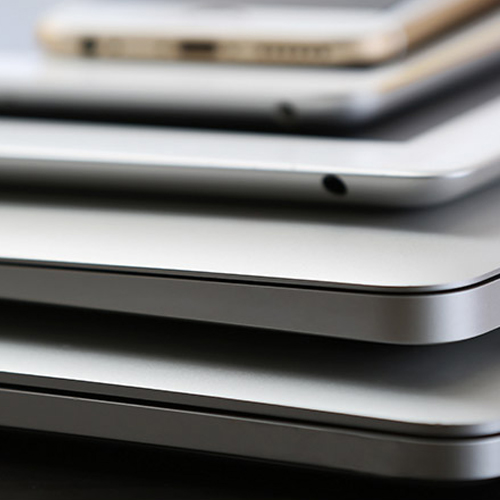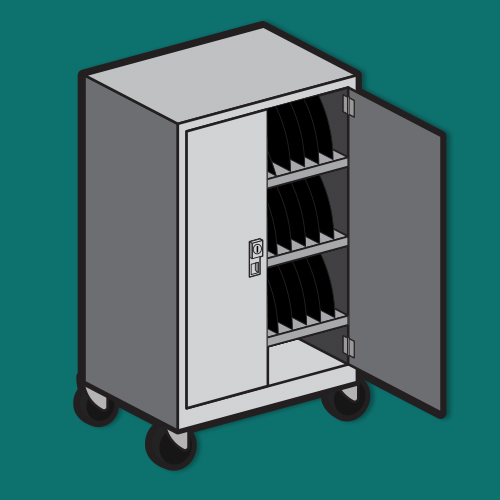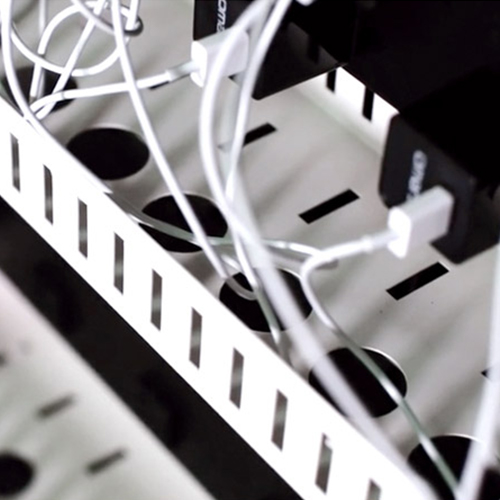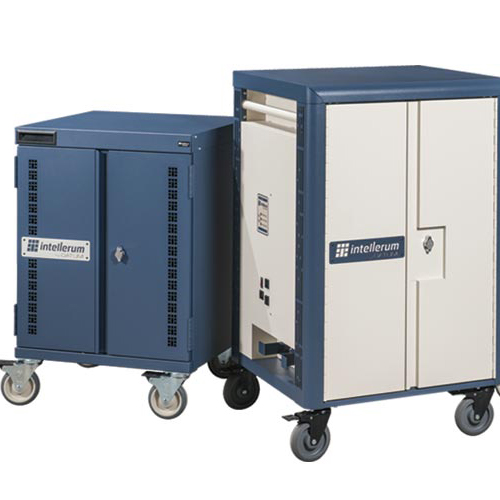IN THE NEWS
Classroom on a Cart Gets Upgrade for Tech and Security
A generation ago, teaching from a classroom on a cart meant a teacher would have to heap supplies onto a makeshift custodial cart that was the equivalent of three flat shelves on wheels. But with today’s classrooms teeming with technology, that design just won’t do. Teachers have found a number of thoughtful and creative ways to organize materials and activities from the confines of a cart…
Cellphones Threatening the Security of Your School’s Testing?
Each year thousands of students participate in state testing, and for schools that have a BYOD policy, personal devices like cellphones on testing day can be a real challenge and a real threat to the security of the testing environment. Because personal electronic devices are prohibited from use in testing areas, a tremendous burden is placed on schools to ensure students don’t enter testing areas with cellphones or other electronics.
What Is Digital Citizenship?
Digital citizenship is a term that has recently gained prominence as our schools and classrooms have become increasingly steeped in technology. Simply put, digital citizenship refers to the way we behave online and the social rules and expectations that we apply to those behaviors. The word “citizenship” refers to our contribution to and responsibility toward a community.
Acceptable Use Policy for Schools: Getting Started
An Acceptable Use Policy, or AUP, is a policy used by schools to clearly spell out what is acceptable and what is unacceptable when using a school’s network and the internet. It can also include rules for the care and use of devices in situations where a school provides laptops, tablets, or other internet-ready devices that students take home.
What to Look for When Buying Mobile Computer Carts for Your School
If you’re an IT director or technology coach and it’s budget time, you’re probably looking for store and charge solutions that can accommodate the tech you have today and adapt to the tech you’ll have tomorrow. With devices cycling out every three to six years, it only makes sense to use your budget wisely and choose storage solutions that will grow with you and last beyond the next round of updates.
Creating a BYOD Policy for Your School
Technology in the classroom is no longer the exception. It’s now the rule. But not all schools can afford to outfit each classroom with the latest devices to enhance learning. One way schools have found to work around a shortage of resources is to allow students to bring their own devices into the classroom. This strategy is commonly called BYOD, or “bring your own device,” and it has been largely successful in getting more tech into schools.
3 Trends in Classroom Technology That Impact School Bandwidth
With the explosion of classroom technology, IT directors and technology coaches are working to keep up with bandwidth demand and predict its growth from year to year. While every school is different in the kinds of technology it uses, understanding trends in classroom technology can help make bandwidth predictions more accurate so budgets and planning don’t fall short.
Tips for Picking a Store & Charge Station You Won’t Outgrow
When budget time comes and you’re charged with identifying the tech needs of your faculty and staff, it’s sometimes hard to see down the road far enough to predict long-term needs. This is especially true for IT directors and technology coaches who are constantly trying to navigate changes in hardware, software, and related equipment, as these resources tend to operate on a very short lifecycle.
When Should You Replace Your Store and Charge Carts? The Answer Is Never.
If you’re looking at your school’s computer store and charge carts and thinking it may be time to replace them, you probably purchased your carts from the wrong manufacturer. A well-constructed cart should last a lifetime, so if yours isn’t even lasting through lunchtime, you should definitely learn what to look for so you don’t make the same mistake the second time around.
Personal Device Storage for Students During High Stakes Testing
If you work in a public school that participates in state testing, then you’re likely familiar with the high level of security surrounding test materials and the challenge of personal device storage in testing areas. Teachers and administrators frequently struggle with managing students’ personal devices while they’re taking the test…
Tech Trends in the Classroom Demand Adaptable Device Storage
Technology is continuing to have a dramatic effect on the classroom, not just in terms of the devices that students are using to learn but also in how the classroom is designed and furnished to accommodate device storage and charging. What does it mean for your school and its approach to device management? Here’s a closer look.
How to Choose a Secure Device Store and Charge Solution
Many facilities have a need to securely store and charge devices when they are not in use or are not permitted in certain areas. For education and privacy-sensitive settings where personal device use is restricted, a stationary cabinet or depot is ideal. With this type of storage, cellphones or other small personal devices and belongings can be placed in individual compartments with single key or passcode access.

